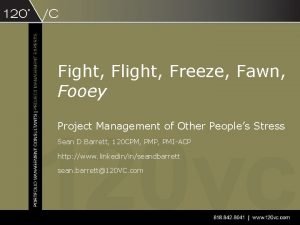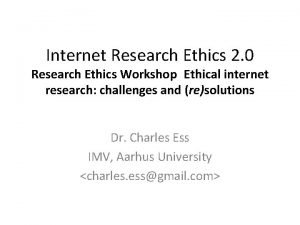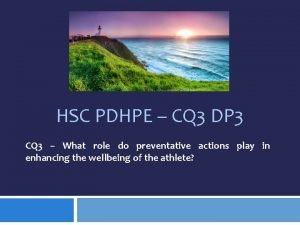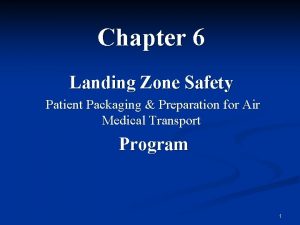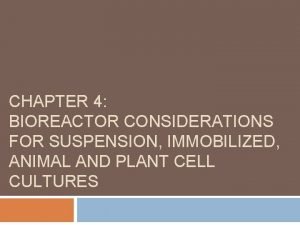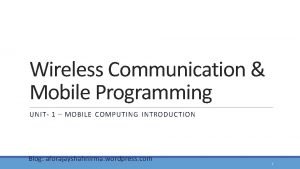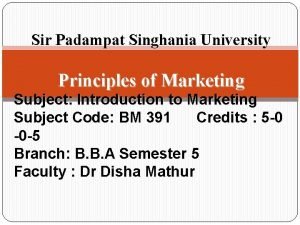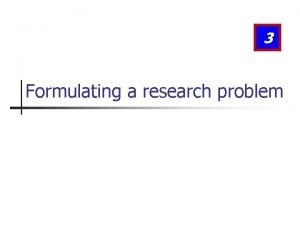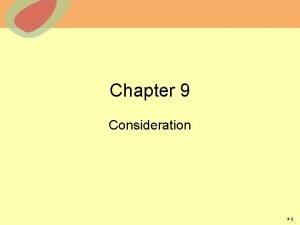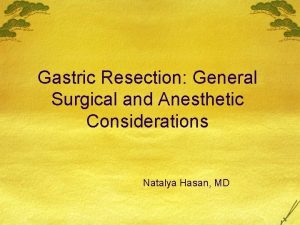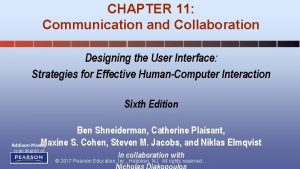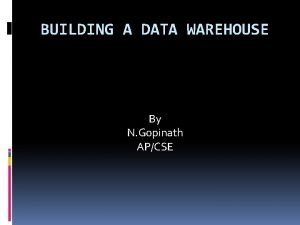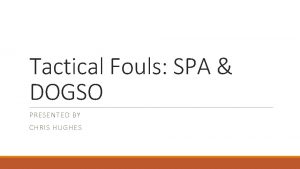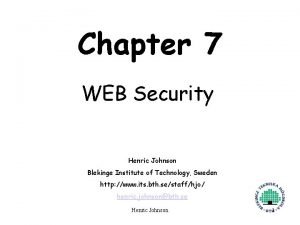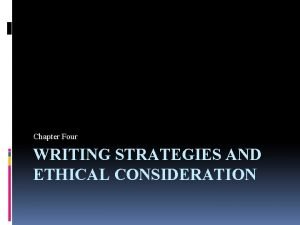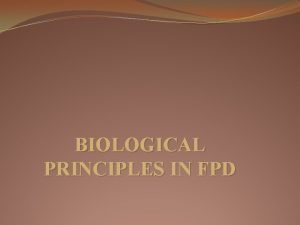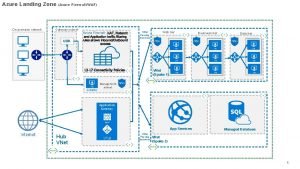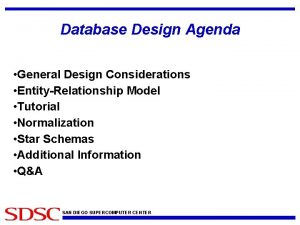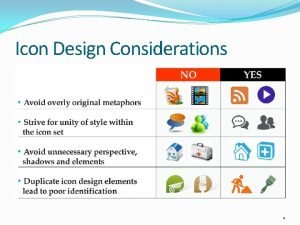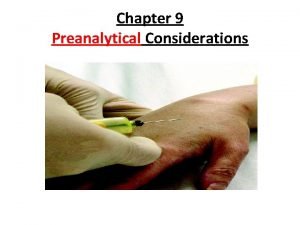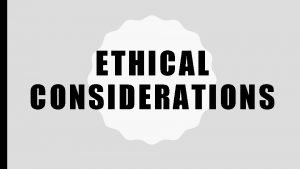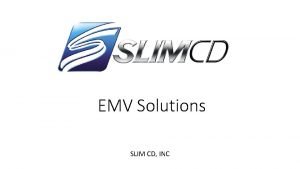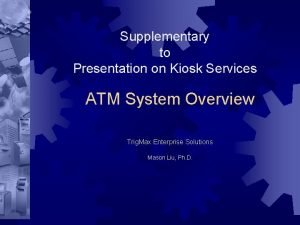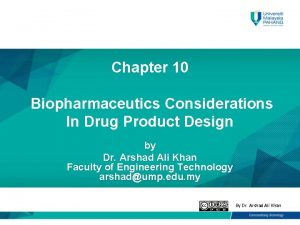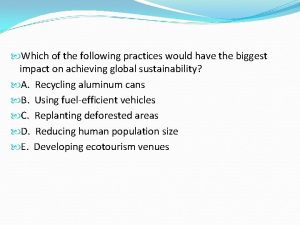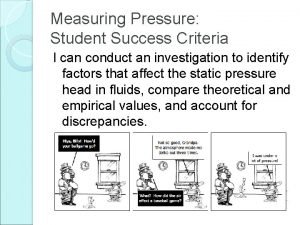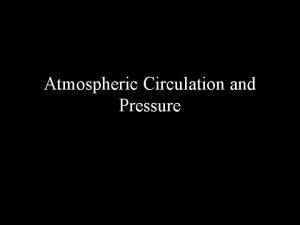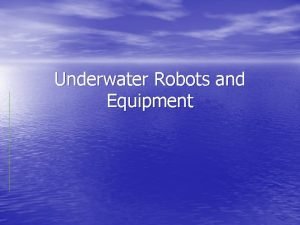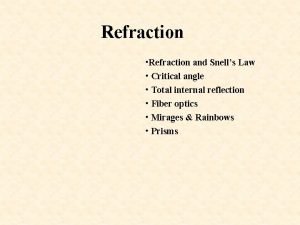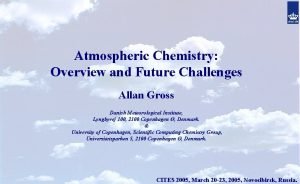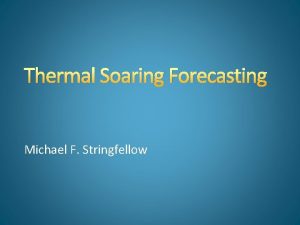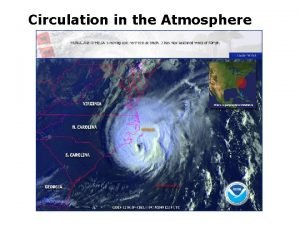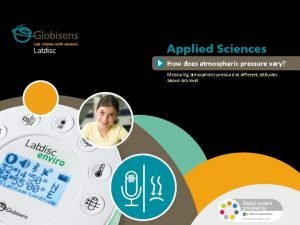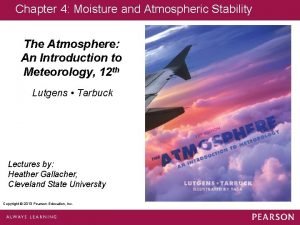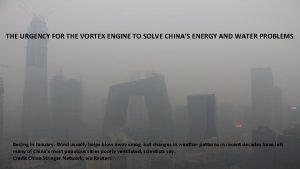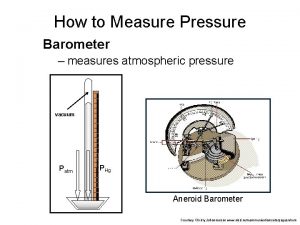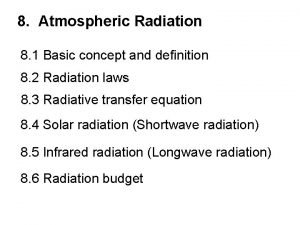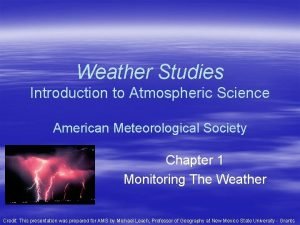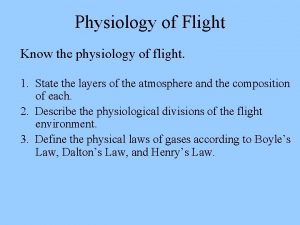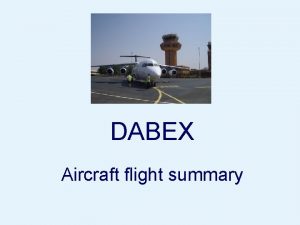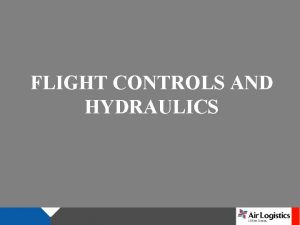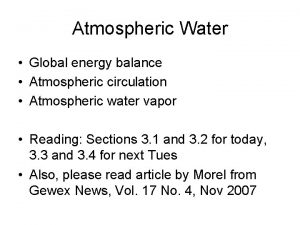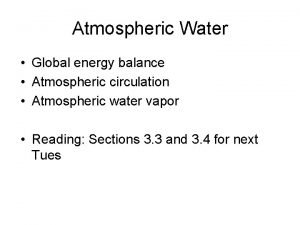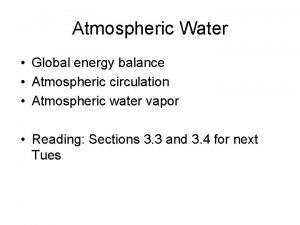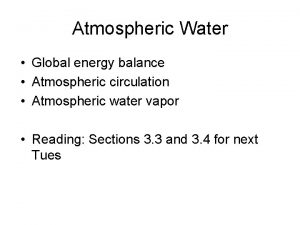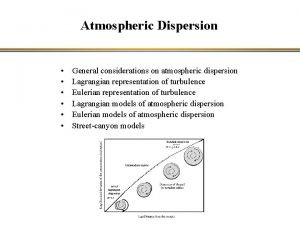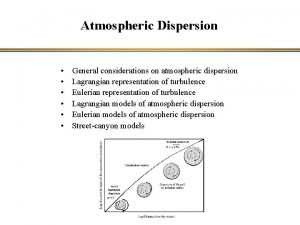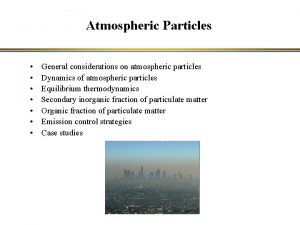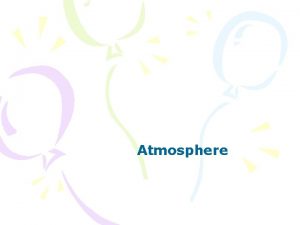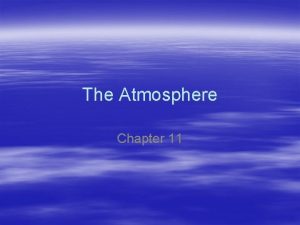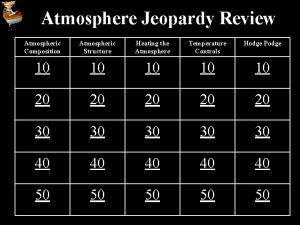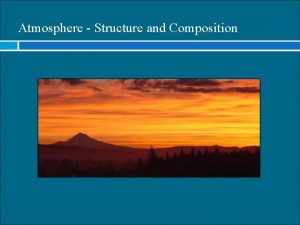Flight Physiology Atmospheric Considerations n n n Composition




























































- Slides: 60

Flight Physiology

Atmospheric Considerations n n n Composition n 78% nitrogen, 21% oxygen at all altitudes Pressure is due to the weight of the gases n Decreases with altitude, predictably Gases are subject to physical laws n Gases in our bodies will change with the environment

Gas laws n Boyle’s Law - volume is inversely proportional to pressure n Gases expand when pressure is decreased n n Ascending in a pool, bubbles get bigger Gas expansion and contraction problems n middle ear, sinuses, stomach & intestines

Gas laws n Dalton’s Law n n Total barometric pressure = sum of partial pressures (pressure of each gas present) Partial pressure = (Total pressure)(% of gas) n n Without adequate partial pressure of oxygen, you cannot absorb oxygen in your lungs Remember: As you ascend, the percentage of oxygen remains constant, but partial pressures decrease.

Gas laws n n n Henry’s Law n The amount of dissolved gas in a liquid will decrease if the pressure around the liquid decreases. When pressure is released, gas comes out of solution in the form of bubbles These bubbles in the body cause evolved gas problems (decompression sickness)

Physiological Zones n Physiological Zone - SL to 10, 000’ n n We can adapt in this zone Physiological Deficient Zone - 10, 000’ to 50, 000’ n n Majority of commercial flying Hypoxia due to altitude, as well as trapped and evolved gas problems, are concerns

Respiration n n Definition – An exchange of gases in the body n Absorbing oxygen, eliminating carbon dioxide Gas exchange is a function of the partial pressures of the gases n Adequate percentage of oxygen and pressure required

Hypoxia

Definition n n Lack of sufficient oxygen in the body to the point where function is impaired. n Is due to a number of causes n Can occur at any altitude Clearly is a pilot’s most important physiological concern.


Causes of Hypoxia n An inadequate oxygen partial pressure n n n Poor circulation n Inadequate oxygen system or supply Exposure to high altitude G Forces or diseases of the blood vessels Blood donation or Anemia Toxic exposures n Cyanide in burning aircraft

Four types of Hypoxia Hypoxic n Hypemic n Stagnant n Histotoxic n

Hypoxic Hypoxia n n Partial pressure of oxygen is insufficient n You cannot absorb adequate oxygen Correction: breathe a greater percentage of oxygen or oxygen under pressure n Oxygen systems vary in what they deliver n Descend to higher barometric pressures

Hypemic Hypoxia n The oxygen-carrying capacity of the blood is reduced n Carbon Monoxide interferes with oxygen binding to the blood n Smoking, engine exhaust n Sulfa drugs can have an effect also n Blood donation also limits capability

Blood Donation n n Symptoms of hypoxia at lower altitudes Most airlines: n n No flight for 72 hours after donation of whole blood No flight for 12 hours after donation of plasma

Stagnant Hypoxia n Oxygen deficiency due to impaired circulation n n G forces from maneuvers Disease of the blood vessels

Histotoxic Hypoxia n Tissue cells are poisoned and unable to use oxygen n n Alcohol Cyanide

Symptoms of Hypoxia n n Symptoms vary between individuals Each symptom will ultimately lead to unconsciousness if untreated.

Effective Performance Time (EPT) n Definition – n n n Amount of time from loss of adequate oxygen in which an individual can perform effectively Varies with altitude This is not a guarantee!

Chart. Altitude of EPT

Factors that influence EPT n n n Altitude - the higher, the shorter the time Rate of ascent increase rate, decrease EPT Physical activity exercise decreases EPT

Corrective Actions for Hypoxia n Immediately use supplemental oxygen n n Check operation of oxygen equipment n n System on, Mask on, breathe normally Don’t wait for problems Make emergency descent if oxygen is not available

Oxygen Use -Recommended n Use above 10, 000’ in the day n Use above 5, 000’ at night

Federal Aviation Regulations n Part 91. 211 – Supplemental Oxygen

Hypoxia Vs. Hyperventilation

Hyperventilation n Respiration that is too rapid and/or deep for current physical activity n results in a abnormal loss of carbon dioxide (CO 2) from the blood.

Carbon Dioxide Management n n n Carbon Dioxide levels stimulate respiratory center of the brain, influencing how we breathe. Normal Breathing Rate is 12 -16 breaths per minute Controlled breathing will keep our Carbon Dioxide levels stable.

Heavy exertion n n Increase in physical activity causes more carbon dioxide to be produced, and we respond by breathing deeper and faster. Breathing returns to normal when excess is eliminated.

Hyperventilation n n An abnormal increasing in breathing rate and depth, leading to symptoms. Causes n n Emotional tension or stress Fear or anxiety Pain Pressure breathing equipment

Hyperventilation - Symptoms n n n n Dizziness Hot & / or cold sensations Tingling of hand, legs, or feet Muscle spasms Nausea Sleepiness Unconsciousness Hyperventilation symptoms are very similar to that of Hypoxia

Corrective Actions n n n Correct for any potential of Hypoxia Check oxygen equipment for proper function Breathe normally n If problem was hypoxia, symptoms disappear rapidly Hyperventilation symptoms are very similar to hypoxia symptoms If symptoms remain: n breath slower n breath into a bag n talk aloud

Trapped Gas

Trapped Gas n Ear - eardrum flexes causing pain n n Head colds & infections can block Eustachian tube (more common on descent) Remedy n n swallow, yawn, tense throat, valsalva, nasal inhalant Ascend until pain resolves, then use a slower descent

Trapped Gas - Sinus n n Pressure occurs the same way as in the ears n Pain is felt on sides of nose, upper jaw, above eyes n Occurs more commonly on descent Remedy n Valsalva maneuver n Nasal sprays can be used only to help with descent…DO NOT USE

Trapped Gas - Toothache n Problem n n abscesses imperfect fillings inadequately filled root canals Remedy n n descent visit to dentist

Trapped Gas - Gastrointestinal n Problem n n n Abdominal Pain Difficulty breathing Lowers blood pressure, leading to shock Severe pain above 25, 000’ Remedy n belching, passing flatus, descending

Fitness for Flight n IMSAFE Checklist n n n I: Illness M: Medications S: Stress A: Alcohol F: Fatigue E: Emotions/Eating

Illness n n n Any illness may degrade performance Produces fever and distracting symptoms If you have questions about your illness and flying…Consult an Aviation Medical Examiner

Medication n Medication taking for an illness degrades pilot performance n n Both prescription and over the counter Questions? ? Consult AME!

Over-the-Counter Drugs n Aspirin, Ibuprofen (Motrin®, Nuprin®), and Tylenol n n n toxic effects are rare safe to take it and fly Side effects n Upset Stomach

Over-the-Counter Drugs n Antihistamines n n n Drowsiness Inattention, confusion Depression Dizziness, Vertigo Impaired depth perception Generally not approved, talk with your AME

Over-the-Counter Drugs n n n Nasal decongestants n Proper use in-flight can relieve sinus pain or blockage n Short-term effects n Improper use causes sinus and ear blocks n Prior to flight n Repeated or frequent use Motion sickness medications n wait 8 -12 hours after taking n Drowsiness Anti-diarrhea medications n wait 12 hours after use n could cause drowsiness, visual disturbances, accidents n Gas expansion problems are also more likely

Prescription Drugs n n n What is being treated may cause you to be grounded n Ear infections n Sore throats AME is authority on prescription drugs and flying Amphetamines (No. Doz, etc) n Do Not Fly n Nervousness n Impaired Judgment n Euphoria

Prescription Drugs n n n Tranquilizers n Do Not Fly n Poor Judgment n Alertness n Efficiency n Overall Performance Sedatives n Can help a person get to sleep n Wait 12 – 24 hours after taking to fly Antibiotics n Pilot is usually too sick to fly anyway n Ask Doctor

Illegal Drugs n n Very Damaging Potential Certificate Action

Alcohol n FAR’s n n n 8 hours bottle to throttle (12 UND). 04% blood alcohol content -1/2 of automobile standard No effect of alcohol prior to the flight…. n n A hangover is an effect seen with <0. 04% alcohol Two ounces of alcohol absorbed into bloodstream in 10 minutes è takes 6 hours to metabolize out of system

Fatigue n n n One of the most treacherous hazards of flying Both acute (short-term) and chronic (long-term) Be aware of your sleeping habits!

Stress n n Body’s reaction to physical and psychological demands Excessive stress reduces the body’s efficiency n results in degraded performance

Stress Of Life n n n CHANGES FINANCIAL FAMILY INTERPERSONAL STRESS IS CUMULATIVE!!!!!!

Mental/Emotional Stress n Related to n n job disappointments family problems financial difficulties School!

Mental/Emotional Stress n n n Pilot does not think clearly Senses dulled Risks are taken Self destructive behavior PIC is responsible for ensuring proper mental state

Reactions to Stress n n n Heart rate quickens Blood is diverted to organs Sweating Paleness Motion sickness Stress, in moderation, can improve: n Thinking speed n Reaction time n Situational awareness n Motivation

Emotion/Eating n Emotions n n n Could lead to taking risks Could be self-destructive Eating n Are you nourished


Aeronautical Decision Making n Decision making under pressure n n n Time Pressure Other than time pressure Knowledge Skills Required Understanding Self Awareness

Personal Minimums

Fitness for Flight n n AIM section 8 Requirements for Medical Certificates n n Found in FAR 67 1 st Class 2 nd Class 3 rd Class

Fitness for Flight n Mental Fitness n n n Obvious mental problems (Psychosis) Personal problems can interfere with normal thought processes Stress, even positive stress, can be debilitating

Drug Misuse n n n If involved with drugs to ANY extent, get help BEFORE getting caught There is no such thing as a “little cocaine use” Anti-Drug Program n n Random sampling Post-Accident Testing

Questions?
 Sutterhe
Sutterhe Antecubial region
Antecubial region Eswl anesthesia considerations
Eswl anesthesia considerations Ethical considerations examples
Ethical considerations examples Psychomotor considerations language acquisition
Psychomotor considerations language acquisition Environmental considerations pdhpe
Environmental considerations pdhpe Azure landing zone considerations
Azure landing zone considerations Bioreactor considerations for animal cell culture
Bioreactor considerations for animal cell culture Design considerations for mobile computing
Design considerations for mobile computing Exchange transaction and relationship in marketing
Exchange transaction and relationship in marketing Retro mylohyoid curtain
Retro mylohyoid curtain Dissect the broad areas and subareas
Dissect the broad areas and subareas Consideration examples
Consideration examples Cloud delivery model considerations
Cloud delivery model considerations Pricing considerations and approaches
Pricing considerations and approaches Natalya hasan
Natalya hasan General considerations in machine design
General considerations in machine design Collaboration design considerations
Collaboration design considerations Data warehouse considerations
Data warehouse considerations Mechanical considerations of transmission line
Mechanical considerations of transmission line Sample of appendices in research paper
Sample of appendices in research paper Dogso spa
Dogso spa Web security considerations
Web security considerations Writing strategies and ethical considerations
Writing strategies and ethical considerations Operational considerations definition
Operational considerations definition Quasi experimental design ethical issues
Quasi experimental design ethical issues Tax considerations for setting up a new business
Tax considerations for setting up a new business Axial reduction in tooth preparation
Axial reduction in tooth preparation Azure landing zone considerations
Azure landing zone considerations Database design considerations
Database design considerations Different types of oxygen masks nursing
Different types of oxygen masks nursing Design considerations icons
Design considerations icons Types of costume design
Types of costume design Pre-analytical considerations in phlebotomy
Pre-analytical considerations in phlebotomy Example of ethical consideration in research
Example of ethical consideration in research Identify the device
Identify the device Atm kiosk solution
Atm kiosk solution Biopharmaceutic considerations in drug product design
Biopharmaceutic considerations in drug product design Atmospheric vortex engine
Atmospheric vortex engine Starlings displacing bluebirds from nesting sites
Starlings displacing bluebirds from nesting sites Gauge pressure formula
Gauge pressure formula Atmospheric layers definition
Atmospheric layers definition Atmospheric convection
Atmospheric convection Circulates air between 60-90 latitudes
Circulates air between 60-90 latitudes Atmospheric suits
Atmospheric suits Snell law
Snell law Atmospheric reaction
Atmospheric reaction Dr jack soaring
Dr jack soaring Atmospheric circulation
Atmospheric circulation Atmospheric physics lecture notes
Atmospheric physics lecture notes Atmospheric pressure at different altitudes
Atmospheric pressure at different altitudes Atmospheric stability
Atmospheric stability Atmospheric vortex engine
Atmospheric vortex engine What measures atmospheric pressure
What measures atmospheric pressure Biomes
Biomes Atmospheric convection
Atmospheric convection Stellar heaven
Stellar heaven Atmospheric gravity waves
Atmospheric gravity waves Atmospheric carbon dioxide graph
Atmospheric carbon dioxide graph Atmospheric
Atmospheric American meteorological society
American meteorological society
